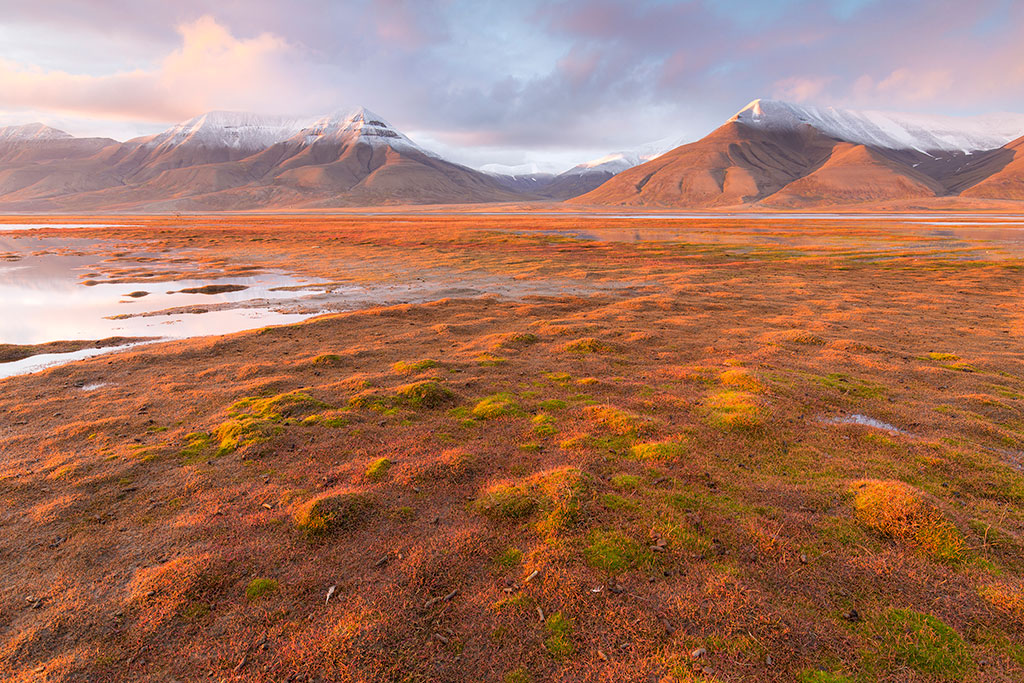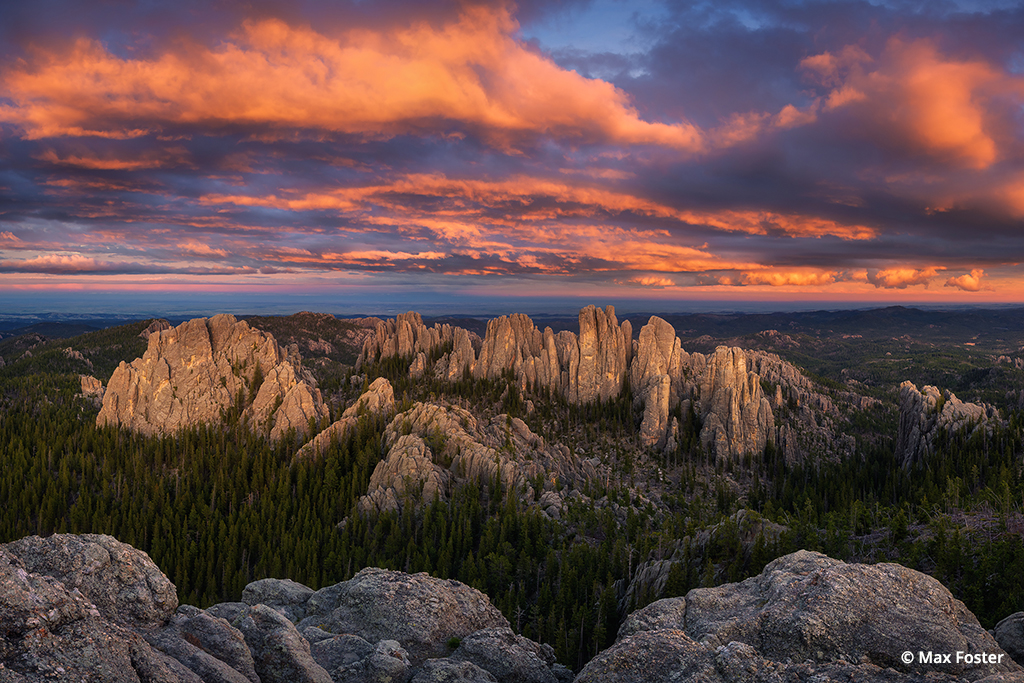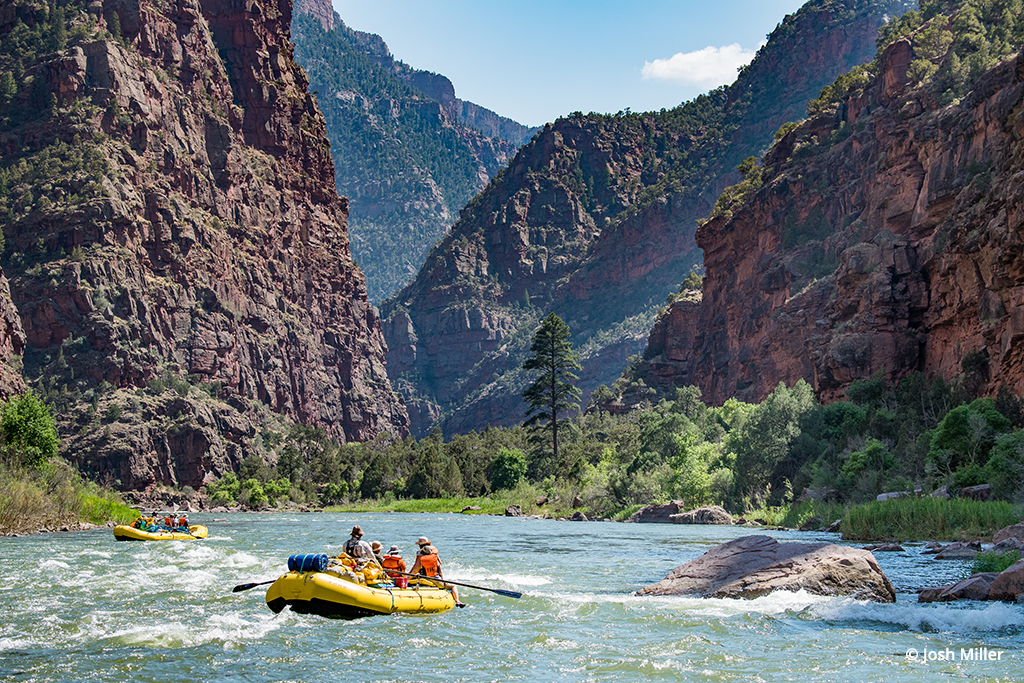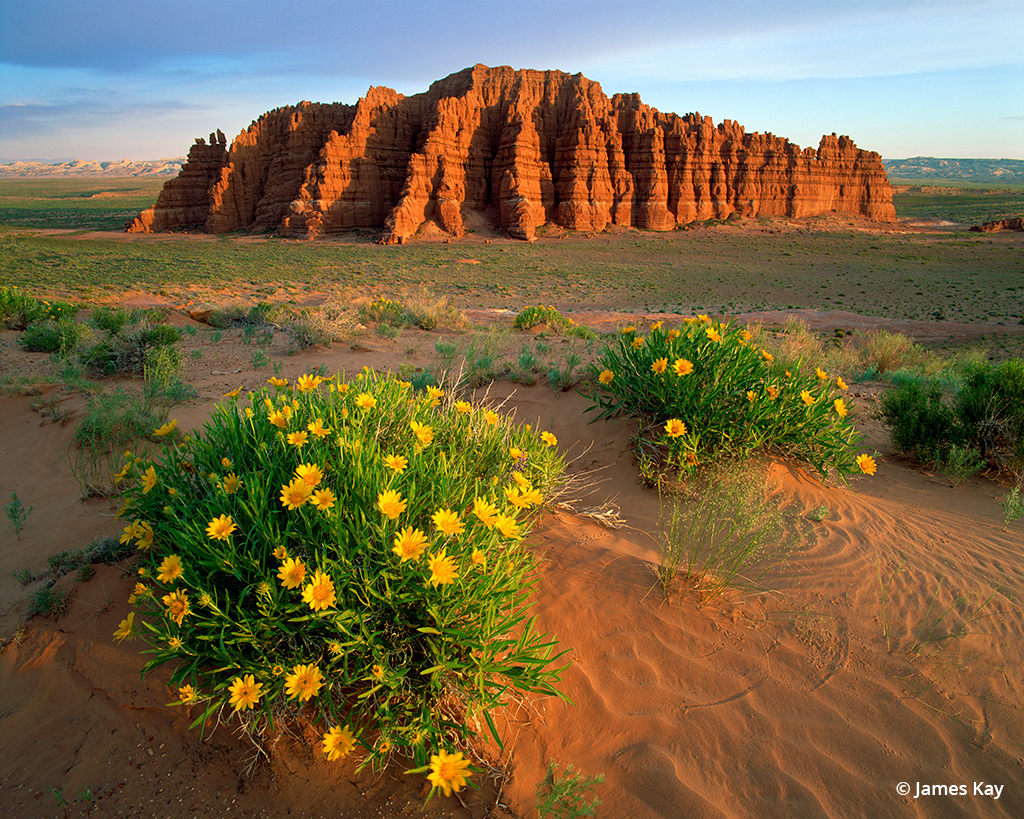Advertisement
Advertisement
Read Next

Why You Should Visit Svalbard In Norway For Photography
Svalbard in Norway features untouched...
The Needles
The Black Hills of South Dakota cover...
Dinosaur Adventure!
After feeling trapped at home for the...
Wildlands Of Utah
Look outside Utah's national parks to...Advertisement


Preparing For A Photo Workshop
I’m a professional photographer with over 30 years of experience. I also teach workshops in several of California’s most scenic places. When I teach my workshops, I find that there are some participants who come more prepared than others. They have the right gear, they have familiarized themselves with the general area, and they have the right attitude. Consistently, these participants come away from the workshops having learned more and made greater improvements, and overall they have a better experience. To help you have the best workshop experience, I’ve put together some suggestions on how to prepare. You don’t have to embark on a rigorous photography and physical training regimen. These are a few simple things everyone can do now to ensure their photo workshop provides maximum benefit and enjoyment later.
Gary Hart’s workshop group overlooks the conditions at Yosemite’s Tunnel View.
Brush Up On The Basics
When it comes to getting the most from a photo workshop, beginners are at no particular disadvantage (actually, I’ve found that beginners often arrive the most prepared). Workshop leaders enjoy teaching, so unless yours specifically recommends a minimum skill level, you can assume that your enthusiasm for photography is the only prerequisite. But you can still benefit from refreshing your photography skills and knowledge of your camera’s controls. Simply learning how to adjust your camera’s shutter, aperture and ISO, familiarizing yourself with the rudiments of metering, and knowing your way around your camera’s menu system will enable you to concentrate on your leader’s teaching and photographing the landscape you invested so much time and money to visit.
Workshops are a great opportunity to learn, but sometimes learning in the field can mean missed shots. Your leader will be happy to assist you, but it’s impossible to be everywhere at once. In one recent workshop, our group was blessed with an unforgettable sunset where the color and light changed almost as fast as we could adjust our composition and exposure. Unfortunately, while I was working with someone else, one woman missed the entire show because her camera had gotten into the wrong mode and she couldn’t figure out how to change it. In hindsight, she acknowledged that a few minutes practicing with her camera would have made all the difference in the world.
What To Bring
Before your workshop, you’ll probably receive instructions with required and recommended equipment and clothing—if you don’t, ask. Of foremost concern is your safety and comfort in the field. Shooting before sunrise and after dark can be chilly, and the best photography often happens during the worst weather. Make sure you know the average conditions for your destination in the season you’ll be visiting, as well as the extremes. Then check the weather right before you leave. In one winter workshop, despite instructions to the contrary, a participant arrived with nothing for his feet but cotton socks and loafers. We had a few days of snow, and while the photography was incredible, he was so miserable that he actually resorted to wrapping his feet with plastic when we went out to shoot.
I hear far more frustrations about not enough camera gear than I do about too much, so I always suggest bringing as much as your suitcase (and the airline) will accommodate. There’s no rule that says you have to carry it all in the field, but it’s comforting to know that the telephoto you just learned how to use that will be perfect for tomorrow morning’s moonrise is in your hotel room and not in the closet at home.
If you plan to bring a laptop (particularly if it’s not the computer you usually use), make sure it’s loaded with all the software you’ll need (including the latest update that allows your raw processor to recognize your brand-new camera’s raw files). Other frequently forgotten items include chargers, a card reader, an alarm clock (some cell phone clocks don’t work in remote areas where they don’t receive a cell signal), your camera manual, a flashlight, change of shoes, gloves, snacks (nobody starves in my workshops, but if the conditions are great, the photography trumps mealtime), bug spray, sunscreen and an umbrella.
Sierra wave at sunset, Eastern Sierra, California. A good workshop leader will know what to expect from local weather conditions, and he or she will get the group perfectly placed to take advantage of phenomena like this.
Prepare Your Body
Photo workshops are hard work, and generally the harder you work, the better the return on your investment. So if you have any dietary, physical or personal limitations (such as a fear of heights), it’s best to notify your workshop leader in advance. He or she will be more than happy to offer alternatives that ensure your satisfaction without impacting the rest of the group.
While a workshop shouldn’t feel like boot camp, I generally get my groups in position 30 minutes before the “official” sunrise time and shoot through sunset (and sometimes after dark)—rain or shine. Even with a midday break this makes for a very long day. Factor in the walking or hiking to locations, all the time on your feet once you’re there, heavy gear, the thin air of high elevation, not to mention the wealth of information for your brain to process, and you can understand the physical and mental fatigue in store.
Though fun and great images are a wonderful antidote for fatigue, it doesn’t hurt to prepare your body and mind a bit. If you lead a fairly sedentary life, walking a mile or two a day for a week or two before your trip should be enough (unless your workshop leader has specifically advised you that more strenuous activities are in store). And if you require a certain amount of sleep or are a reluctant early riser, you may want to consider advance preparation for the new time zone. And break in those shoes!
Enjoy!
Before your workshop you’ll probably receive literature with everything you need to know. Read it thoroughly; more than once doesn’t hurt. If anything is missing or unclear, don’t be shy about asking. As a workshop leader, I promise it’s much better to answer a lot of questions in advance than it is to have a surprised or (heaven forbid) an unhappy workshop participant. Investing in just a little preparation time is the best way to get the most out of your workshop and to ensure that you return with images, skills, memories and friends that will last a lifetime.
By The EditorsWhile your individual workshop leader will have some advice about what camera gear to bring for your specific workshop, there are a few essential items that are highly recommended to bring along.
1 Camera Body. This is obvious. If it’s a new camera, get to know it before the workshop. Go out and shoot. Work through the modes and menus. You won’t be stymied like Hart’s erstwhile sunset shooter.
2 Lenses. A basic three-zoom kit will serve you well for most shooting. A macro lens is always a good choice because even if the weather conditions are bad, you can almost always find good macro subjects.
3 Filters. You can do a lot in Photoshop, but nothing beats getting the shot right when you hit the shutter button. Plus, having filters helps you learn in the field.
4 Tripod. There’s no substitute for a tripod for getting tack-sharp pictures. At a workshop, the tripod is also a key learning tool because your instructor can help you set up a composition and lock it down so you can see exactly what he or she saw.
5 Flash Or LED Panel. You’ll be amazed at how much a little fill light can add to some photographs. These items are small and light, and they make a big difference.
When it comes to gear, you don’t need to have a car full of every photo gadget known to man. Talk to your workshop leader before you go for his or her recommendations and think about these suggested essentials. You’ll get a lot more out of the workshop.
(303) 237-7086
www.advenphoto.com
Arizona Highways Photo Workshops
(888) 790-7042
www.friendsofazhighways.com
Barefoot Contessa Photo Adventures
(919) 643-3036
www.BCphotoadventures.com
Digital Photo Academy by
Panasonic Lumix
(877) 372-2231
www.digitalphotoacademy.com
Don Smith Photography
(831) 630-3778
www.donsmithphotography.com
(831) 429-1331
www.lanting.com
Gary Hart Photography
(916) 283-6362
www.garyhartphotography.com
The Great American Photography
Workshop
(866) 747-GAPW (4279)
www.gaphotoworks.com
The Nature Workshops
(618) 589-1729
www.natureworkshops.com
Nature’s Image Field Photography Workshops
(804) 883-7740
www.lanephotoworkshops.com
(877) 384-7297
www.paworkshops.net
Photography Workshops with Don Gale
(626) 448-3691
www.PhotographybyDon.com
Rocky Mountain School of Photography
(800) 394-7677
www.rmsp.com
Strabo International Tour Company
(607) 756-8676
www.phototc.com
Gary Hart is a widely published and collected photographer. You can see more of Hart’s work and sign up for one of his workshops at his website, www.garyhartphotography.com.